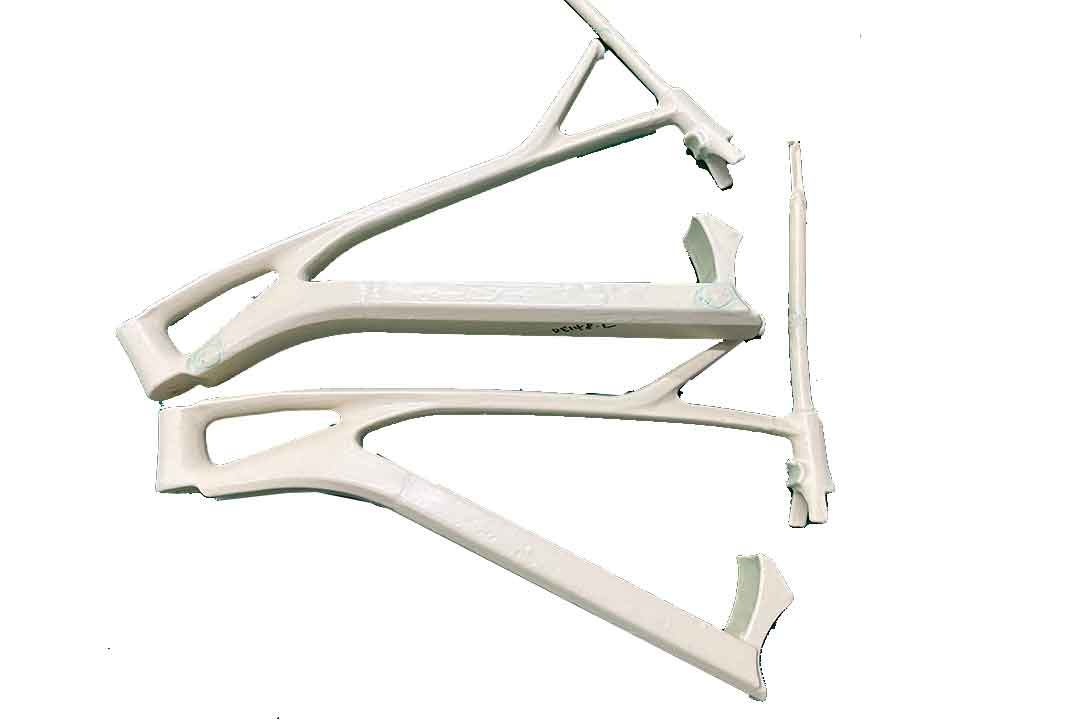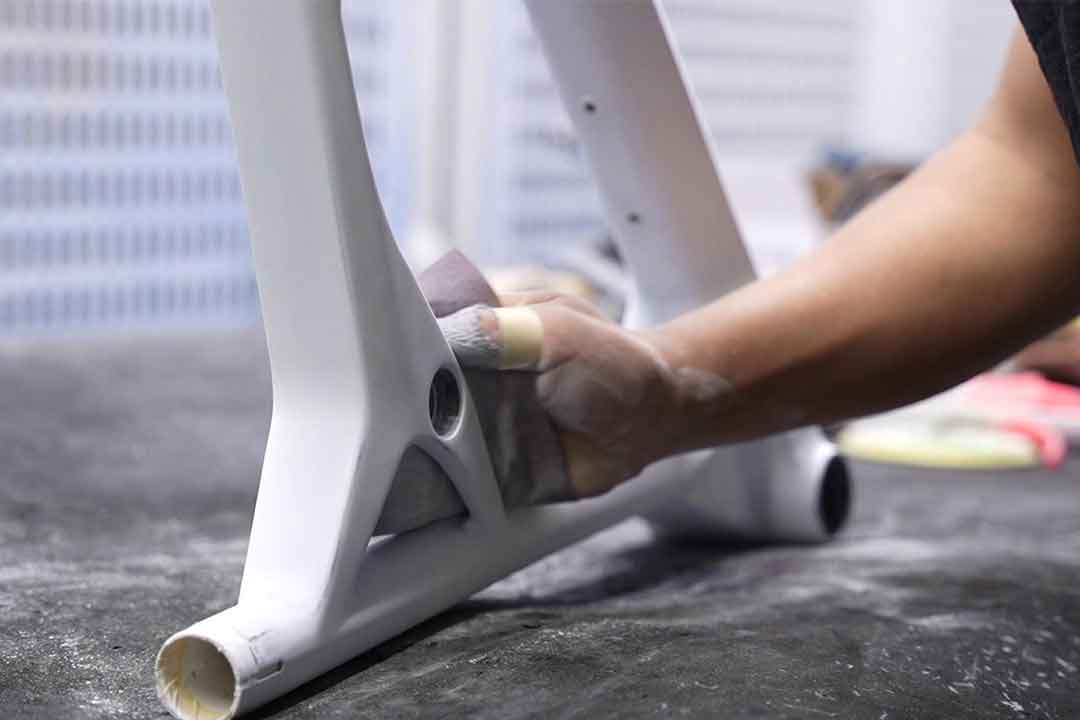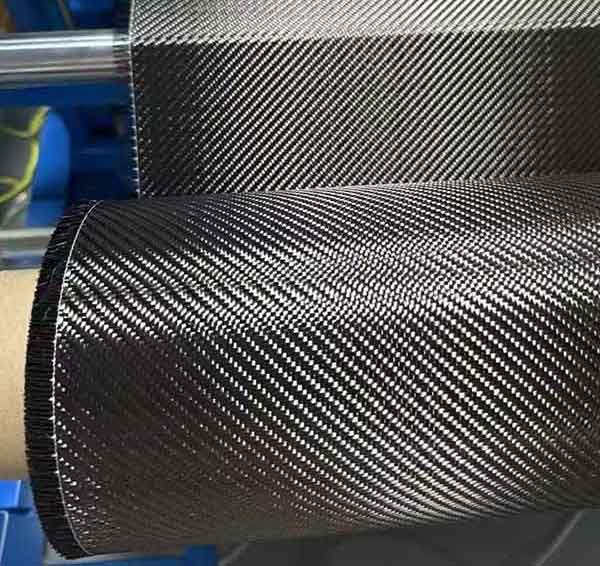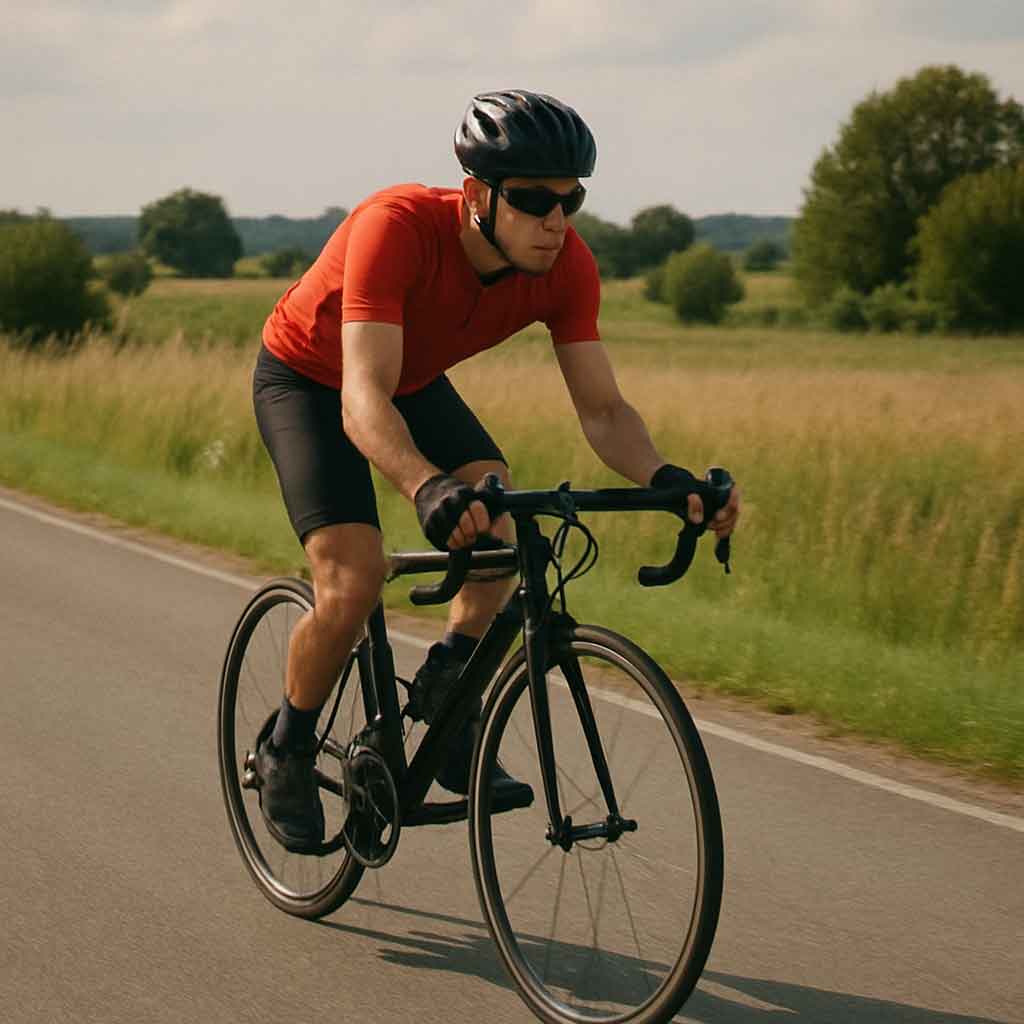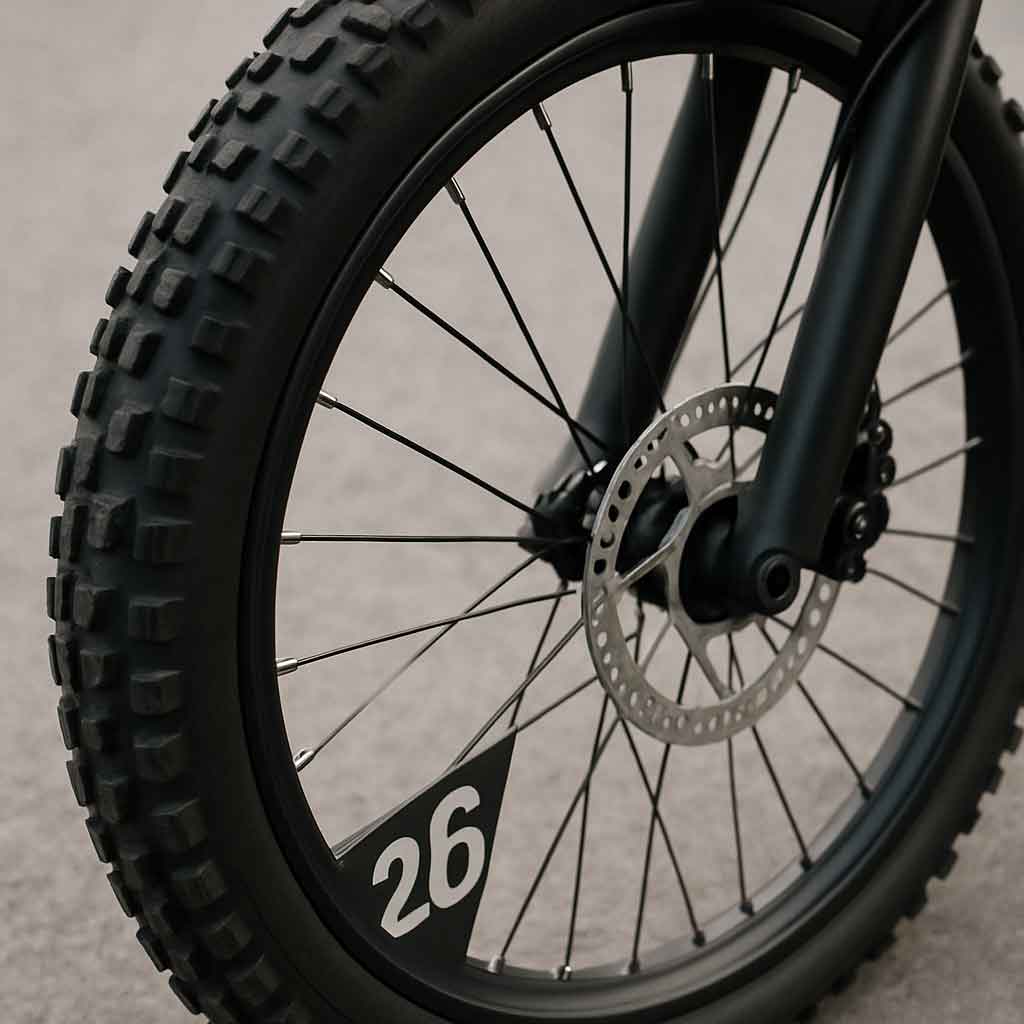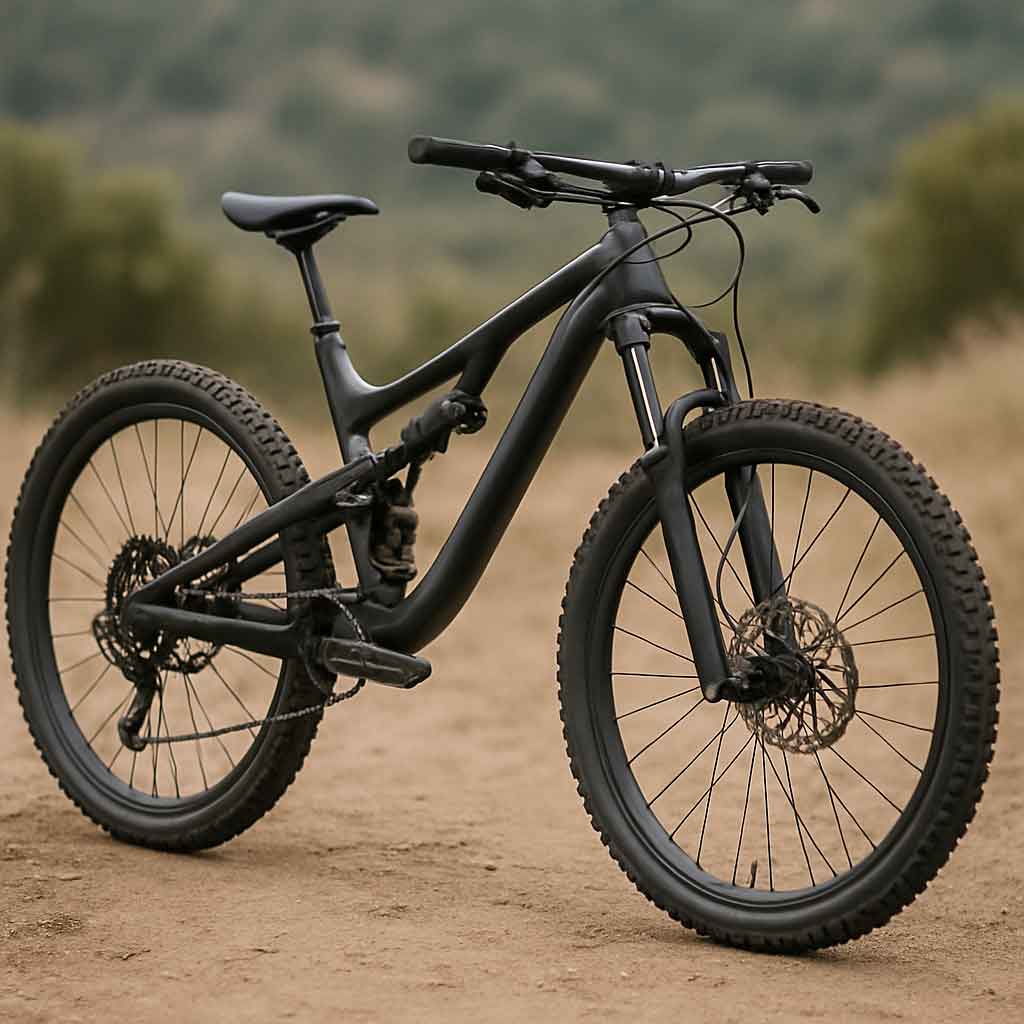Welcome to Mondince Bike - A well-known factory specialized in produce carbon bike frame and other parts since 2007.
Understanding the Mechanics of Pivot Vault
Vaulting is a thrilling and dynamic sport that requires a combination of strength, speed, and technique. Among its various elements, the pivot vault stands out for its complexity and the skill it demands from athletes. In this article, we will explore the mechanics of the pivot vault, breaking down its components to help you understand how it enhances vault performance. Whether you're an aspiring vaulter or simply curious about the sport, this guide will provide you with valuable insights into the world of pivot vaulting.
The pivot vault is a specific maneuver in the sport of vaulting where the athlete uses a pole to launch themselves over a bar, executing a turn or pivot in mid-air. This technique not only requires physical prowess but also precise timing and coordination. Understanding the mechanics involved can significantly improve an athlete's pivoting skills and overall vault performance.
Pivoting skills are crucial in vaulting because they allow the athlete to adjust their body position in mid-air, maintaining balance and optimizing their trajectory over the bar. These skills contribute to a more controlled and efficient vault, reducing the risk of faults and maximizing height. Mastering pivoting skills involves understanding the nuances of body mechanics and the art of mid-air adjustments.
A successful pivot vault is a symphony of several components working in harmony. These include the athlete's speed, pole control, body alignment, and mental focus. Each element plays a pivotal role in ensuring the vaulter clears the bar with grace and precision. Understanding these components helps athletes identify areas for improvement and refine their technique.
The pivot vault has evolved significantly over the years, with advancements in technology and training methods. Historical records show a progression from rudimentary techniques to the sophisticated maneuvers seen today. Studying this evolution provides valuable insights into how the sport has changed and what innovations have contributed to current practices.
Understanding the mechanics of a pivot vault involves examining each phase of the maneuver, from takeoff to landing. Let's break down these phases to see how they contribute to successful vault performance.
The takeoff phase is the initial stage where the athlete runs toward the vaulting pole with maximum speed and momentum. The goal is to transfer this energy into the pole, which will catapult the vaulter into the air.
Building up speed during the run-up is crucial. The faster the athlete runs, the more energy is transferred to the pole. Speed is not just about running fast but also maintaining form and balance. Consistent practice helps athletes perfect their stride and speed, ensuring they hit the takeoff mark with precision.
The pole must be planted firmly into the vaulting box at the right angle. This ensures maximum leverage and control. Athletes must develop a keen sense of timing and strength to plant the pole effectively. Practicing this technique repeatedly helps in building muscle memory, leading to smoother transitions.
The athlete's body should be upright, with a slight forward lean to ensure a smooth transition of energy from the run to the vault. Proper posture during takeoff minimizes resistance and maximizes force transfer. Coaches often emphasize body awareness exercises to help athletes maintain optimal positioning.
Once the pole is planted, the athlete swings their legs upward while maintaining a firm grip on the pole. This phase is vital for gaining altitude and setting up the pivot.
The legs should swing in a controlled manner to help lift the body higher. Coordination between the upper and lower body is essential to maximize the swing's effectiveness. Drills that focus on leg flexibility and strength can significantly enhance this aspect of the vault.
A strong core helps in stabilizing the body and directing the upward momentum. Core exercises, such as planks and sit-ups, are integral to a vaulter's training regimen. Stability is key, as it aids in maintaining control during the ascent.
The athlete's grip should allow the pole to bend, storing potential energy for the ascent. Recognizing the right moment to let the pole flex can make a significant difference in vault height. Training sessions often include exercises that help athletes synchronize their movements with the pole's flexion.
The pivot is the most critical phase of the vault. Here, the athlete rotates their body around the pole, aligning themselves with the bar.
The pivot must be executed at the peak of the pole's flexion for maximum height. Timing is everything, and athletes must practice this repeatedly to develop a sense of when to initiate the pivot. Coaches often use video analysis to help athletes fine-tune their timing.
The athlete should use their arms and shoulders to initiate the turn, while keeping their legs tight and close to the body. Proper rotation technique ensures that the athlete remains aligned with the bar, reducing the likelihood of knocking it down. Practicing rotational drills can enhance an athlete's ability to pivot effectively.
Maintaining focus helps in balancing the rotation and preparing for clearance over the bar. Concentration exercises, such as visualization techniques, can improve an athlete's mental preparedness. Control is maintained through a combination of physical strength and mental acuity.

by Daniel Lim (https://unsplash.com/@daniellim)
After the pivot, the athlete aims to clear the bar without knocking it down. This involves:
Achieving Optimal Body Alignment
The athlete's body should be parallel to the bar, with the back arched to glide over it. Proper alignment is crucial for minimizing air resistance and maximizing clearance height. Training often includes flexibility exercises that aid in achieving the necessary body positions.
Correct Leg Positioning
The legs should be lifted high to avoid contact with the bar. Leg positioning is critical to ensure a clean clearance. Athletes are trained to keep their legs extended and aligned with their body to avoid accidental contact with the bar.
Ensuring a Controlled Descent
A smooth descent helps in preparing for a safe landing. Controlled descent requires skill and practice, as it involves adjusting body posture mid-air. Techniques such as soft landings and controlled falls are practiced to perfect this aspect of the vault.
Landing Phase
The landing is the final phase, where the athlete completes the vault. Important considerations include:
Absorbing Impact Safely
Bending the knees upon landing helps in absorbing the shock and prevents injury. Safe landing techniques are taught to minimize the risk of injury. Proper landing form ensures that the impact is distributed evenly across the body.
Maintaining Balance
Maintaining balance during landing ensures a successful vault completion. Athletes are trained to focus on their center of gravity, which aids in achieving balance during the landing phase. Balance exercises are incorporated into regular training routines.
Quick Recovery and Reset
Quickly recovering from the landing allows the athlete to reset for subsequent vaults. Recovery involves both physical and mental readiness, allowing athletes to prepare for their next attempt. Techniques such as breathing exercises and quick footwork are practiced to enhance recovery.
Training for Pivot Vault
To master the pivot vault, athletes need to focus on building strength, agility, and technique. Effective training methods include:
Intensive Strength Training
Exercises such as squats, lunges, and core workouts enhance the muscle groups used in vaulting. Strength training is crucial for building the necessary power and endurance. Regular strength workouts also help in injury prevention.
Dedicated Technique Drills
Practicing pole planting, leg swings, and pivots on the ground can improve form and coordination. Technique drills are designed to isolate specific movements, allowing athletes to focus on perfecting each element of the vault. Consistent practice leads to improved muscle memory and execution.
Mental Preparation and Focus
Visualization and focus exercises help in building confidence and concentration during competition. Mental preparation is as important as physical training, as it equips athletes with the tools to handle competitive pressure. Techniques such as meditation and positive reinforcement are often used to enhance mental resilience.
Importance of Flexibility and Agility
Flexibility and agility exercises are key to improving vaulting performance. These exercises aid in enhancing range of motion and quickness, essential for executing complex maneuvers. Regular stretching and agility drills contribute to overall athletic performance.
Role of Nutrition and Recovery
Proper nutrition and recovery are essential for optimal performance. A balanced diet fuels the body, while adequate rest and recovery allow for muscle repair and growth. Athletes are encouraged to focus on hydration, balanced meals, and sufficient sleep.
Conclusion
Understanding the mechanics of the pivot vault is essential for anyone looking to excel in vaulting. By breaking down each phase and focusing on key skills, athletes can enhance their vault performance and achieve new heights. Whether you're training to compete or simply intrigued by the sport, mastering the pivot vault will undoubtedly elevate your vaulting experience.
Explore the exhilarating world of vaulting and unlock your potential with these insights into the mechanics of pivot vaulting. Happy vaulting!



